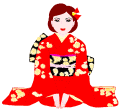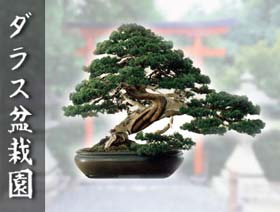|
The
wide genus Prunus comprises trees and shrubs, grown for
their fruits, and includes also a great amount of ornamental
species, grown for the beauty of their flowers. They live in the
mild region of the northern hemisphere, even if they are
widespread in Japan and in the Far East. Prunus
Mume, probably coming from China and Korea,
has been cultivated in Japan for generations for its wonderful
and sweet-smelling flowers, animating its bare branches at the
end of winter. P. spinosa, the needle plum commonly used
in Europe as hedge, is really refined as bonsai specimen
and it represents a very good alternative to P. mume.
|





